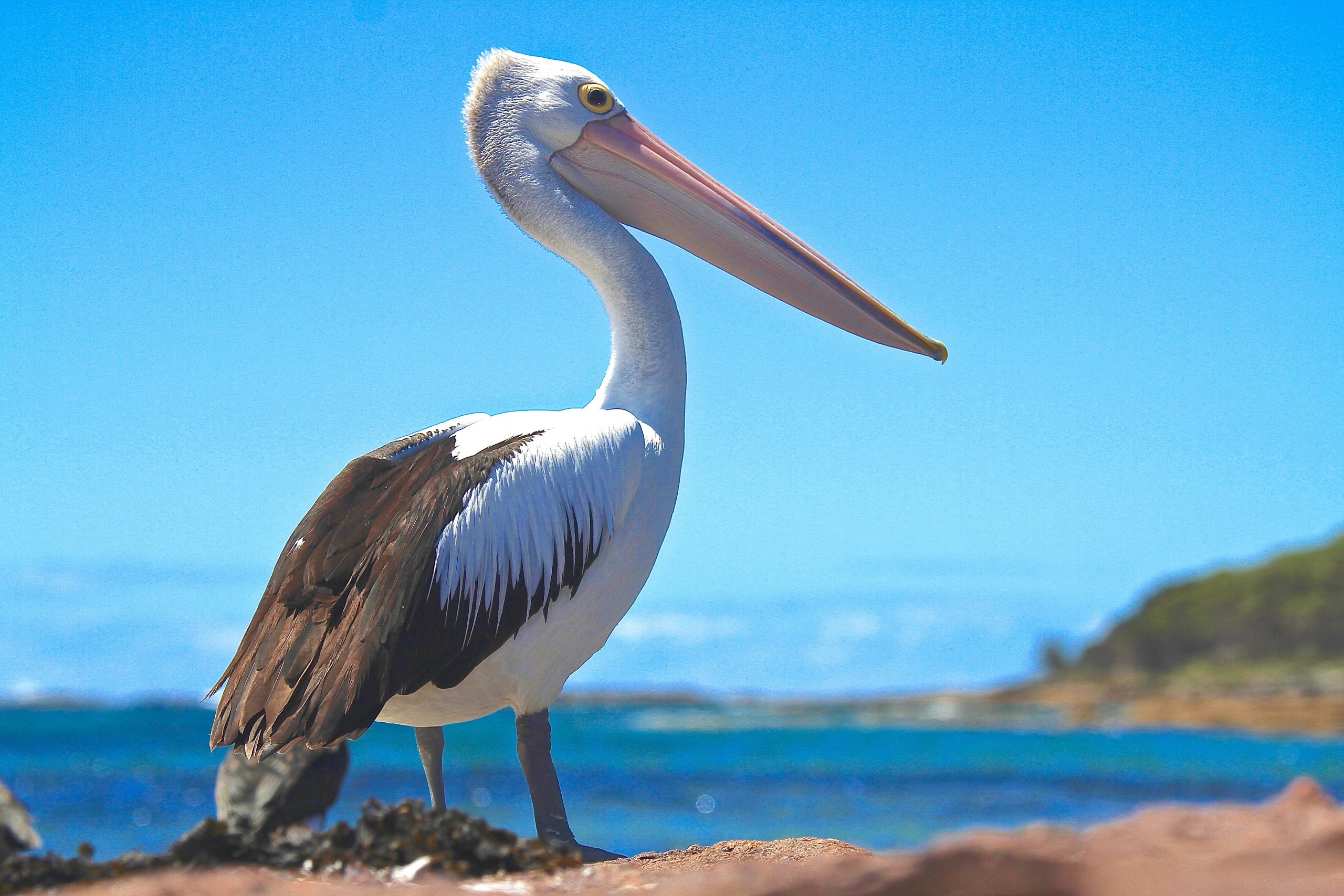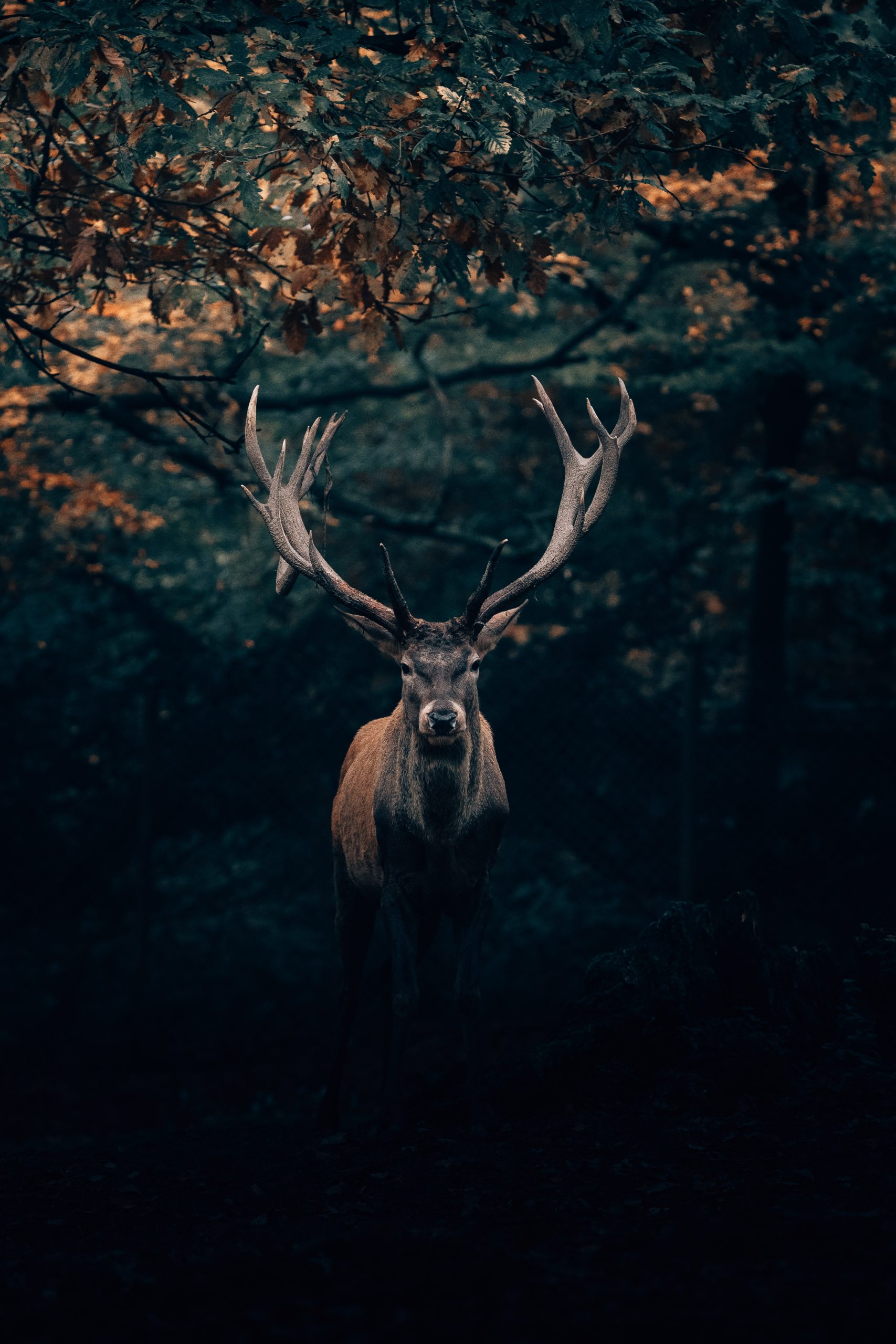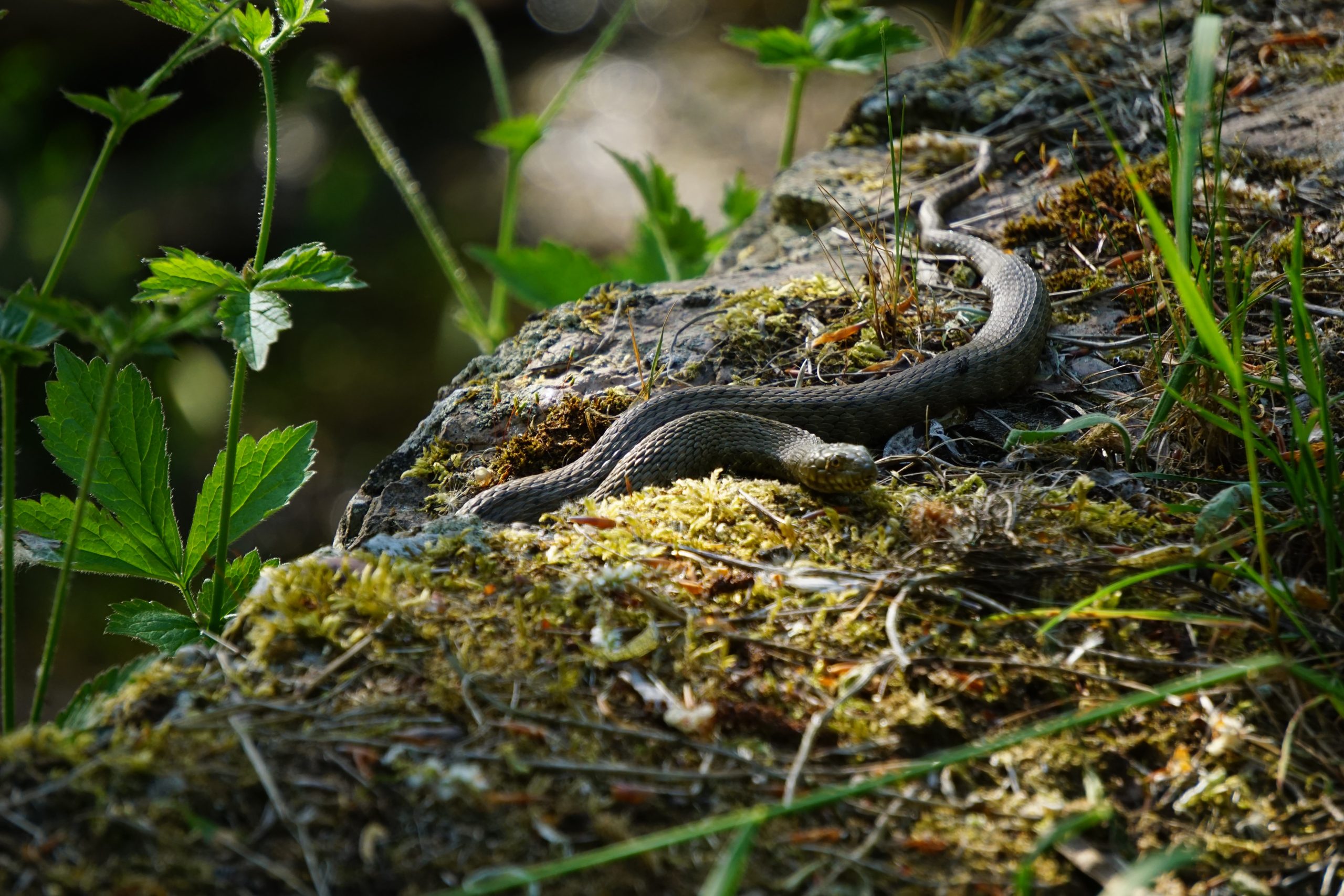Pelicans are some of the most fascinating and beloved birds in the animal kingdom. Known for their distinctive beaks and impressive wingspans, pelicans are found all over the world, from the Americas to Africa and Asia. While they share many common traits, there are several different species of pelican, each with its own unique characteristics and habits.
The American white pelican (Pelecanus erythrorhynchos) is one of the largest pelican species, with a wingspan of up to nine feet. They are easily identified by their white plumage and pinkish beaks. Unlike other pelican species, which dive into the water to catch fish, American white pelicans use their large bills to scoop up fish while swimming on the surface. They also have an unusual feeding behavior known as “cooperative fishing,” where groups of birds work together to corral fish into a tight circle before scooping them up with their bills.
The brown pelican (Pelecanus occidentalis) is perhaps the most iconic species of pelican, with its distinctive brown and gray plumage and long, hooked bill. They are found along the coasts of North and South America and are known for their spectacular diving abilities. Brown pelicans can dive from heights of up to 60 feet, using the force of their impact to stun fish before scooping them up in their bills. They also have a unique adaptation that allows them to expel excess salt from their bodies, which is essential for their survival in salty marine environments.
The great white pelican (Pelecanus onocrotalus) is a species found in Africa, Europe, and Asia. They are the largest of the pelican species, with a wingspan of up to 12 feet. They are easily identified by their white plumage and large, bright pink bill pouches. Great white pelicans are social birds, often found in large groups, and have been known to work together to catch fish. They are also known for their elaborate courtship displays, which involve synchronized head-bobbing and vocalizations.
The Australian pelican (Pelecanus conspicillatus) is found throughout Australia and New Zealand. They are one of the smallest pelican species, with a wingspan of up to seven feet. They have distinctive black and white plumage and a long, straight bill. Australian pelicans are opportunistic feeders, feeding on a variety of fish, crustaceans, and other small animals. They are also known for their vocalizations, which include a distinctive “pouch-grunting” noise made by inflating and deflating their bill pouches.
The Peruvian pelican (Pelecanus thagus) is found along the coast of South America, from Peru to Chile. They have a distinctive gray and white plumage and a long, curved bill. Peruvian pelicans are primarily fish-eaters, and their diet includes anchovies, sardines, and other small fish. They are also known for their large, communal nesting colonies, which can contain thousands of birds.
In conclusion, pelican species are diverse and fascinating creatures, each with its own unique characteristics and habits. From the American white pelican’s cooperative fishing to the great white pelican’s elaborate courtship displays, each species has something special to offer. By studying and appreciating these magnificent birds, we can deepen our understanding of the natural world and the incredible diversity of life on our planet.










